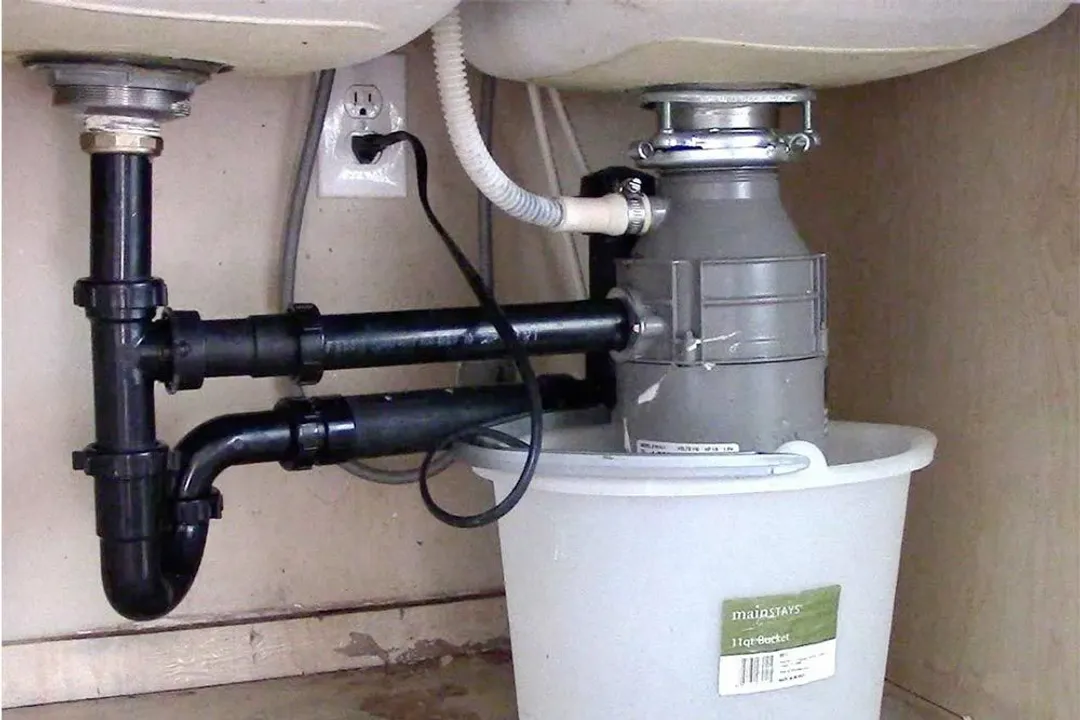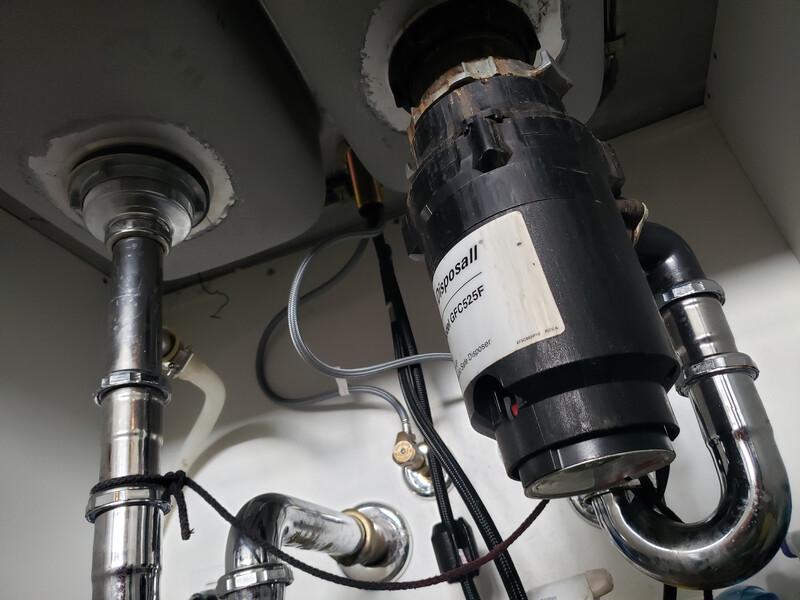The Comprehensive Guide to Fixing a Leaky Garbage Disposal
The Comprehensive Guide to Fixing a Leaky Garbage Disposal
Blog Article
What're your thoughts with regards to Tips on Fixing a Leaking Garbage Disposal?

Garbage disposals are essential kitchen area devices that help in taking care of food waste efficiently. Nevertheless, a leaking waste disposal unit can be an irritating and messy trouble to handle. Luckily, many leakages can be dealt with conveniently with a couple of basic actions. In this post, we will certainly review how to repair a dripping waste disposal unit effectively.
Introduction
Waste disposal unit are mounted under cooking area sinks and are made to shred food waste right into smaller sized items, permitting it to travel through the pipes system conveniently. While these tools are normally trusted, leaks can take place with time because of wear and tear, loose links, or damages to the system.
Step-by-Step Guide to Dealing With a Dripping Garbage Disposal
Turn Off the Power
Prior to attempting any type of repair services, guarantee that the power to the waste disposal unit system is turned off to stop the risk of electrical shock.
Locate the Leakage
Determine the specific area of the leak and establish the cause
Tighten up Connections
Utilize a wrench to tighten up any loosened links between the disposal system and the plumbing system.
Change Seals or Gaskets
If the leakage is due to worn seals or gaskets, eliminate the old parts and replace them with new ones.
Patching Fractures or Openings
For splits or openings in the disposal device, usage epoxy or a suitable patching material to seal the damaged area.
Determining the Source of the Leakage
Prior to trying to take care of a dripping garbage disposal, it is necessary to identify the source of the leak. This can generally be done through visual inspection or by conducting straightforward examinations.
Visual Evaluation
Inspect the waste disposal unit system carefully for any kind of indications of water leak. Pay very close attention to locations around seals, gaskets, and connection factors.
Evaluating for Leakages
One method to examine for leaks is by running water via the disposal unit and looking for any noticeable signs of leak.
Usual Reasons For Leaks in Waste Disposals
Worn Seals and Gaskets
Seals and gaskets play a crucial duty in stopping water from dripping out of the waste disposal unit. With time, these elements can degrade, leading to leaks around the disposal device.
Loose Connections
The connections in between the waste disposal unit and the plumbing system can come to be loosened in time, triggering water to leakage out during operation.
Splits or Openings in the Disposal System
Physical damages to the garbage disposal, such as splits or holes in the real estate, can likewise result in leakages.
Tools and Materials Needed for Fixing a Leaking Waste Disposal Unit
Before beginning the repair procedure, collect the required tools and materials, consisting of a screwdriver, flexible wrench, plumbing's putty, substitute seals or gaskets, and epoxy or patching material for fixing splits or holes.
Examining the Garbage Disposal After Repair Service
Once the repair work is total, examine the garbage disposal by running water with it to make sure that the leak has been solved.
Preventive Upkeep Tips to Prevent Future Leakages
To avoid future leakages, it is vital to perform routine maintenance on your waste disposal unit. This consists of maintaining it tidy, staying clear of placing non-food things or hard objects down the disposal, and occasionally checking for leakages or other problems.
Verdict
Finally, dealing with a leaking garbage disposal is a fairly straightforward procedure that can be completed with fundamental devices and materials. By adhering to the actions outlined in this post and exercising preventative maintenance, you can maintain your waste disposal unit in good working problem and prevent expensive repair work in the future.
HERE’S HOW TO FIX YOUR GARBAGE DISPOSAL
WHAT TO DO IF SOMETHING IS STUCK IN YOUR GARBAGE DISPOSAL
If the impeller won’t turn, there’s probably something stuck in the disposal. It could be a steak bone or peach pit, although plumbers report pulling all sorts of inappropriate objects out of disposals, such as bottle caps or aluminum foil. Make sure power to the disposal is off, and look inside to see if you can see the source of the jam.
Never stick your fingers in a disposal. Pull out anything you see with tongs or pliers.
If the disposal still won’t work, it may be time to call a plumber or consider buying a new disposal. GEM Plumbing & Heating is here for all of your garbage disposal needs.
WHAT TO DO IF YOUR GARBAGE DISPOSAL DRAIN IS CLOGGED
Take everything out from underneath your sink and put a bucket or other container under your disposal to catch any water that drains out. Disconnect your disposal from the power supply. If it’s plugged into a wall outlet, unplug it. If it’s hardwired into an electrical box, go to the electrical panel and turn off the breaker for the disposal. Pour ¼ cup of baking soda into the drain, followed by ½ cup of white vinegar. Give the solution a few minutes to fizz and do its work. Look into the disposal with a flashlight to see if you can see an object that might be causing the clog. If you see it, remove it using tongs or pliers. MORE TIPS ON DEALING WITH A CLOGGED GARBAGE DISPOSAL
Never use drain cleaner in a garbage disposal. It can damage the plastic parts inside the disposal. You can also be splashed with the caustic liquid while working to clear the clog. Beware! Never stick your fingers into a garbage disposal. Trust us — not a good idea. In many instances, your dishwasher drains through your garbage disposal. This allows the disposal to grind any large food particles that may be drained out of your dishwasher. There are some jurisdictions, however, where the plumbing code prohibits such a connection. WHAT TO DO WHEN YOUR DISHWASHER DRAINS THROUGH THE DISPOSAL
Run some water in the sink so your plunger has at least a ½-inch of water to create a seal and plunge vigorously up and down several times. You may need to repeat this several times. Run hot water down the drain to clear any residue that remains.

As a serious reader about Why Is , I assumed sharing that piece of content was essential. Sharing is nice. Helping people is fun. I praise you for your time. Visit again soon.
Check This Out Report this page